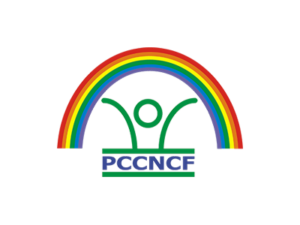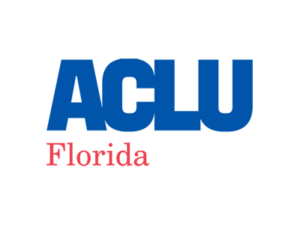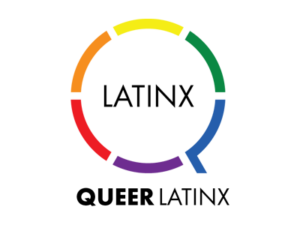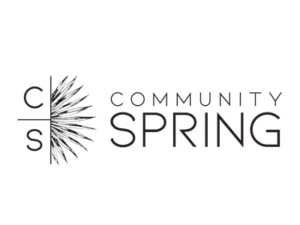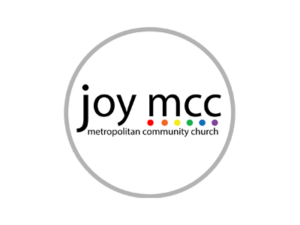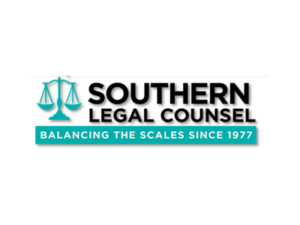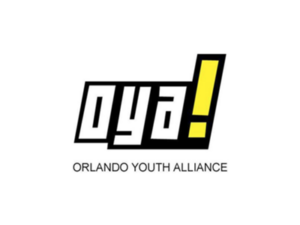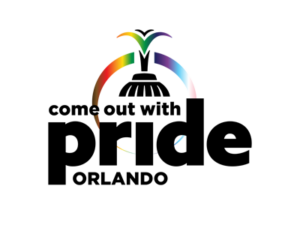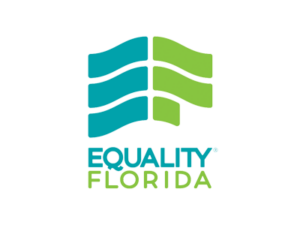A Dark History
At the turn of the 20th century, despite the German Criminal Code banning homosexuality, Germany had a thriving LGBTQ community. In Berlin alone, there were over one hundred queer bars, cafes, clubs, and organizations. Queer publications were plentiful and LGBTQ activists fought for a more equitable society.
However, as the Nazis rose to power, hostility towards LGBTQ people – especially gay men – increased, as they considered homosexuals to be a detriment to their goals of an ‘Aryan’ race. While lesbians were also persecuted, queer men were targeted in greater numbers as men held more positions of power at the time.
Throughout the Holocaust, it’s estimated that upwards of 15,000 gay men were sent to concentration camps. Inside the camps, they were forced to wear a pink inverted triangle on their uniforms – clearly marking them as LGBTQ. The symbol indicated to everyone in the prison that the wearer was “bottom tier” – and often the wearers would receive harsher treatment. Sadly, 60% of gay men sent to concentration camps were killed.
Reclamation
Now, the pink triangle has been reclaimed in LGBTQ spaces. The triangle – now right side up – serves as a reminder that we cannot allow history to repeat itself. It was prominently used in the 1980s by Act Up Activists as a symbol for their campaign fighting for better treatment of AIDS patients. A pink triangle glows over San Francisco every year during June. Pink triangles are seen on signs and flags at LGBTQ rallies and protests all around the world.
As we are experiencing anti-LGBTQ rhetoric, discriminatory policy and attempts to silence our voices, while witnessing the deep pain, trauma, and loss being experienced by people affected by global conflict, we must never forget what the symbolism and history that the pink triangle represents and recommit to a future dedicated to liberation for all.
Sources:
- https://www.brooklynmuseum.org/opencollection/objects/159258
- https://nursingclio.org/2022/08/16/why-we-need-the-pink-triangle-in-the-era-of-dont-say-gay/
- https://www.hmd.org.uk/learn-about-the-holocaust-and-genocides/nazi-persecution/gay-people/
- https://time.com/5295476/gay-pride-pink-triangle-history/
- Annual Pink Triangle Installation and Commemoration for SF Pride Weekend 2023 (thepinktriangle.com)

